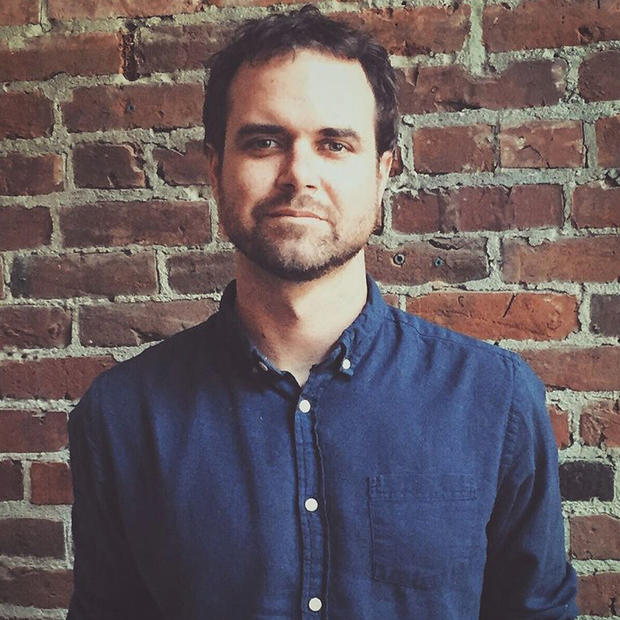Every April, there was to be a show of symmetry in Washington.
This month, Big Tobacco made its annual delivery of millions of dollars to the state, a cash infusion that springs from a legal settlement. Until 2009, a substantial portion of this money was allocated to the Life Science Discovery Fund, which finances medical research and helps researchers from University of Washington, Fred Hutch, and other institutions bring their work to market. Money from an unhealthy product would create a healthier world, or so the concept went.
Instead, the Life Science Discovery Fund has become a poster child for Olympia’s frequent inability to fund valuable programs. That's despite its generating of more than a billion dollars in economic activity, creating thousands of jobs, and boasting of a seven-to-one return on investment.
For the second year in a row, the state Senate has voted to axe all financing for the LSDF, siphoning its allocated funding into the state’s general coffers. Should the Republican-backed proposal make it into final 2015-2017 operating budget, the fund would effectively be eliminated by June 30, as would the 46 in-progress research studies it currently supports. These include a new drug to treat Parkinson’s disease, treatments for a variety of cancers, a blood test to detect Alzheimer’s earlier and many other projects.
“If we were to be fully funded under our original legislation, we’d be receiving $26 million when the check from Big Tobacco comes on April 15,” says John DesRosier, executive director of LSDF. “Instead, we’re looking at the possibility of closing down.”
That the state Legislature would treat LSDF as a piggy bank is nothing new. When the recession hit in 2009, the program was slashed to raise cash for the general fund. While the fund's annual budget was about $33 million before the recession, it is now less than $10 million per year.
While the legislature’s previous actions could be seen as a dip into the piggy bank, however, the Senate’s recent proposals represent smashing it open with a hammer.
When a full defunding of LSDF was proposed last year, the media and other organizations across the state took note, and a veto from Gov. Jay Inslee saved the program from extermination. This year, the defunding plan has flown more under the radar, and Inslee will not have the same option.
In a statement to Crosscut, Inslee’s office notes that “the governor does not have the tool he had last year to save this. Last year the governor vetoed a section that would have cancelled [the program]. The problem this year is that if the final legislative budget does not include a section providing funding for Life Science Discovery Fund, we can’t put something in via veto.”
DesRosier is unfailingly polite when discussing Olympia’s process, but can’t contain his frustration that a financially successful program must fight for its life year after year.
“When I speak with legislators on the R side, they’re almost uniformly saying, ‘You guys are doing good work. The payoffs are good. The return is good.’ But then there’s always a ‘but' — 'But we’re trying to fill a budget hole.’”
Repeated requests for comment from members of the Senate GOP — including budget lead Sen. Andy Hill and Sen. Ann Rivers, who sits on the LSDF board — were unsuccessful.
The main value of LSDF is in bringing research across the “Valley of Death,” as it’s sometimes known. Washington institutions like UW are excellent at attracting federal grants for research. However, once researchers wish to take their work to market, and possibly start a business, federal funding tapers off. With private sector backers increasingly risk adverse and unwilling to bank on projects that aren’t fully fleshed out, this leaves many researchers unable to reach the next step, or “cross the valley.”
An example of how some modest support can make a difference is Seattle-based Adaptive Biotechnologies. When LSDF funded them, DesRosier says, they had four employees, and were struggling to find investors. Now they’re up to about 80, with plans to double that number in the near future.
“If you’re trying to grow the job base and the tax base, you have to look at the long game,” says DesRosier. “We want people to bring us their best ideas. The problem is when your funding fluctuates, people might take a step backwards. … This climate creates uncertainty that can be really detrimental.”
In a statement, the governor’s office agreed, saying that defunding LSDF and canceling projects that have years of work behind them “would reflect extremely poorly on the state of Washington.”
Whether the Senate’s proposal reaches the final operating budget – both the House and Inslee have proposed maintaining LSDF funding – Washington's position as a leader in the life science industry is not without its challengers. States such as Pennsylvania, Indiana, Texas, California, and Massachusetts are investing to grow the sector as part of their economic development strategy.


